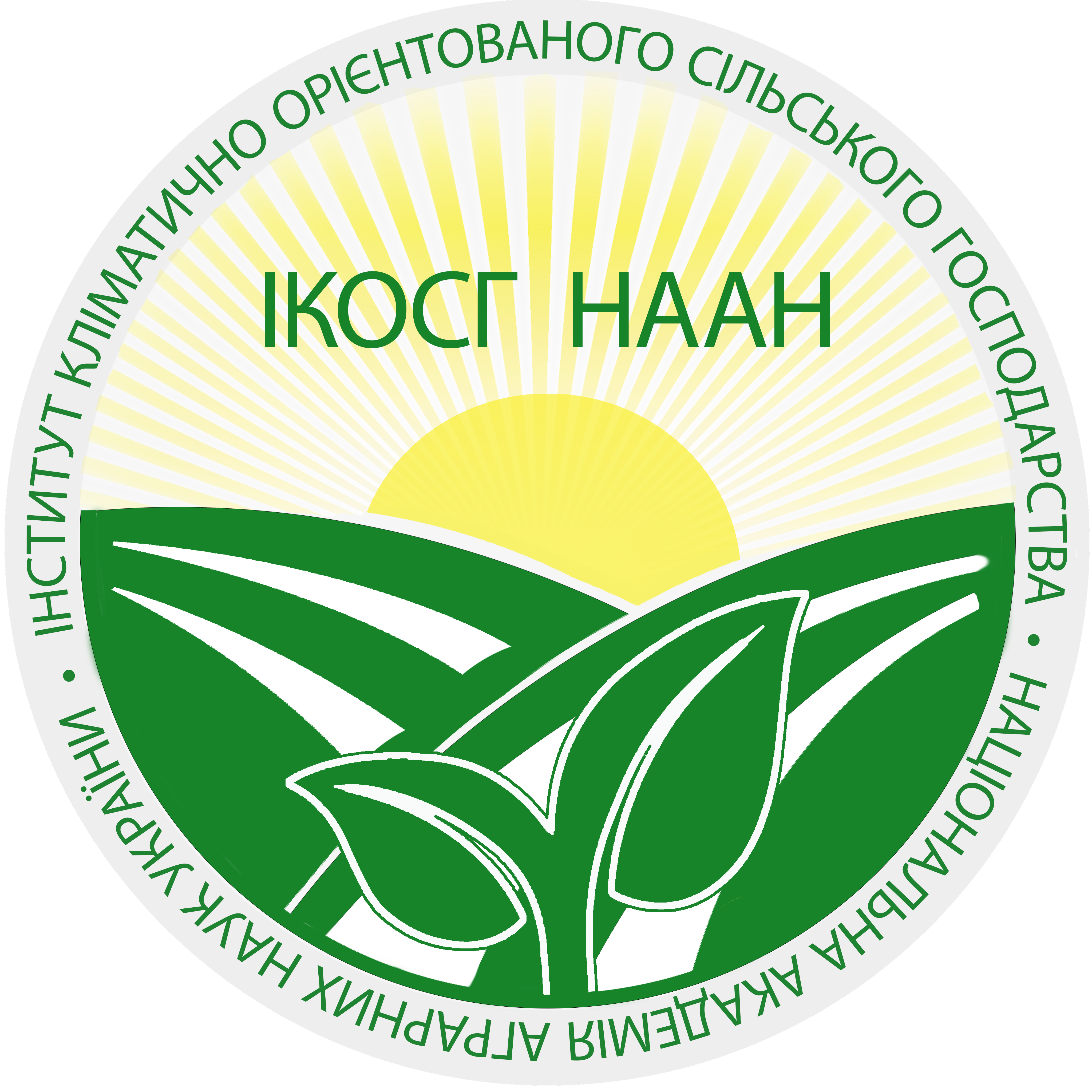РЕЖИМ ЗРОШЕННЯ, ВОДОСПОЖИВАННЯ ТА СЕРЕДНЬОДОБОВЕ ВИПАРОВУВАННЯ ЗАЛЕЖНО ВІД СОРТОВОГО СКЛАДУ, УДОБРЕННЯ ТА ЗАСОБІВ ЗАХИСТУ РОСЛИН СОЇ ЗА ВИРОЩУВАННЯ НА ЗРОШУВАНИХ ЗЕМЛЯХ ПІВДНЯ УКРАЇНИ
Анотація
Мета. Описати режим зрошення сої, створити баланс сумарного водоспоживання, розрахувати коефіцієнт водоспоживання залежно від досліджуваних факторів та евапотранспірацію досліджуваних сортів сої з шару ґрунту 0–50 см за місяцями та декадами вегетаційного періоду. Результати. Сумарне водоспоживання у шарі ґрунту 0–50 см зменшилось до 4114 м3/га у 2021 р. у варіанті з сортом Ідеал, а найбільшим, в межах 6463–6487 м3/га, цей показник виявився в шарі ґрунту 0–200 см у варіантах з середньостиглими сортами Олешшя і Південна красуня у 2019 р. Таким чином, проявилась закономірність зростання сумарного водоспоживання на 57,1–57,8% за глибиною розрахункового шару ґрунту, збільшення посушливості погодних умов на фоні дефіциту атмосферних опадів, а також за висівання насіння більш пізньостиглих сортів (Олешшя, Зоря Степу). Коефіцієнт водоспоживання за вирощування насіння сої мав мінімальні значення у сорту Зоря Степу. Застосування добрив та захисту рослин обумовили стале зниження коефіцієнту водоспоживання за вирощування усіх досліджуваних сортів сої, у середньому по факторах, на 7,3–49,9 та 7,9–21,3%, відповідно. Захист рослин мав пряму позитивну дію щодо зниження коефіцієнту водоспоживання у варіантах з біологічним та хімічним захистом, у середньому, в 2019 р. на 17,8–21,3%; 2020 р. – 7,9–15,7; 2021 р. – на 17,3–17,5%. Середні за роки досліджень дані коефіцієнту водоспоживання мали схожі закономірності цього показника, як і в окремі роки проведення досліджень. Середньодобове випаровування (евапотранспірація) з шару ґрунту 0–50 см найменші показники (9,9–13,9 м3/га/добу) мало на початку вегетаційного періоду. Найбільша величина, на рівні 85,3 м3/га/добу, зафіксована на ділянках у сорту Олешшя в другу декаду липня, найнижча у сорту Ідеал – 36,1 м3/га/добу. Висновки. У ході роботи було описано режим зрошення досліджуваних сортів сої, баланс сумарного водоспоживання, коефіцієнт водоспоживання та евапотранспірація. Дані містять наукову та практичну цінність, інформуючи про ці важливі показники у всіх чотирьох сортів, які можуть вирощуватись на Півдні України.
Посилання
2. El-Hendawy S. et al. Comparative performance of spectral reflectance indices and multivariate modeling for assessing agronomic parameters in advanced spring wheat lines under two contrasting irrigation regimes. Frontiers in Plant Science. 2019. Vol. 10, 1537. DOI: https://doi.org/10.3389/fpls.2019.01537.
3. Lei, Y., Zhang, H., Chen, F. and Zhang, L. How rural land use management facilitates drought risk adaptation in a changing climate – A case study in arid northern China. Science of The Total Environment. 2016. Vol. 550. P. 192–199. DOI: https://doi. org/10.1016/j.scitotenv.2016.01.098
4. Zheng C. et al. Effects of mulch and irrigation regimes on water distribution and root competition in an apple– soybean intercropping system in Loess Plateau, China. Agricultural Water Management. 2021. Agricultural Water Management. Vol. 246. DOI: https://doi. org/10.1016/j.agwat.2020.106656
5. Ушкаренко В. О., Вожегова Р. А., Голобородько С. П., Коковіхін С. В. Методика польового досліду (Зрошуване землеробство). Херсон: Грінь Д.С., 2014. 448 с.
6. Ушкаренко В. О., Нікішенко В. Л., Голобородько С. П., Коковіхін С. В. Дисперсійний і кореляційний аналіз у землеробстві та рослинництві. Херсон: Айлант, 2008. 272 с.






